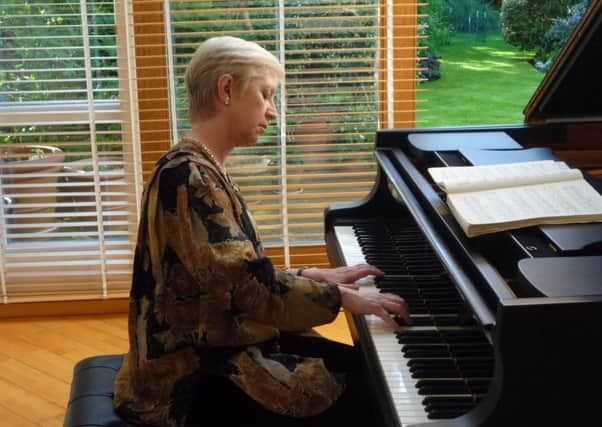Classical review: Quatuor Mosaïques | Susan Tomes


Quatuor Mosaïques | Rating: ***** | Perth Concert Hall
Susan Tomes | Rating: **** | Perth Concert Hall
In a series of four concerts, presented Friday to Sunday in an assortment of configurations – from solo piano, through piano trio to piano quintet – they shared their collective insights into the music of Mozart and Haydn.
I caught the opening two concerts, which proved to us all that the secret to unravelling the mysteries of these two great composers is not about trying to be different, clever or controversial, but simply by being honest with the notes on the page.
Advertisement
Hide AdAdvertisement
Hide AdThe Quatuour Mosaïques – famous for their use of gut strings and nurturing of an “authentic” Classical Viennese sound – framed Friday’s opening concert (****) with two of Mozart’s most rounded quartets: K387 in G major and the subtly enigmatic K421 in D minor.
These were beguiling performances, and an object lesson to any budding string quartets that the secret lies in genuinely shared thoughts, actions and interactions. It all looked so easy, the quartet’s seemingly casual demeanour exuding a comforting warmth, within which the tonal balance tilted and swayed to reveal the naturally-flowing complexity of Mozart’s genius.
Where the G major quartet had a calibrated, refined joyousness, there was questioning and delicate shades of darkness in the D minor, magically evoked through the spellbinding consistency of the ensemble’s tone, from the woody sonority of Christophe Coin’s cello to the soothing blend of the upper strings.
Haydn’s Piano Trio in E minor was a perfect diversion from the Mozart. Here, Coin and violinist Erich Höbarth were joined by Tomes, whose crisp and delicate pianism matched the period ideals of the string players and introduced, through Haydn’s crystalline writing, an added sparkle.
Susan Tomes was back on stage for a midday solo recital on Saturday (****), and once again her clear-cut delivery was the defining thread. She linked in our minds, through a gently-spoken introduction, Haydn’s quietly impassioned Andante con variazioni in F minor and Mozart’s Rondo in A minor K511.
They provided the outer framework to this succinct programme, and Tomes’s thoughtful, gently expressive performances did, indeed, make a palpable case for the thematic connections she had suggested, particularly the languid chromatic inspirations common to both. Where flamboyance was called for, it was always in the true spirit of the music, vital but carefully tempered.
At the centre of her recital, Haydn’s bold and expansive Piano Sonata in E flat had a centrifugal presence and function. It was a performance that centred on sensitivity, gracefulness and, once again, a ringing delicacy of touch. Now and again, though, it called for more robust energy – the opening chords, for instance, which Tomes seemed momentarily self-conscious with, effecting a untypical haziness of tone.
But this was, all in all, a lovely recital that captured the relaxed, midday mood.